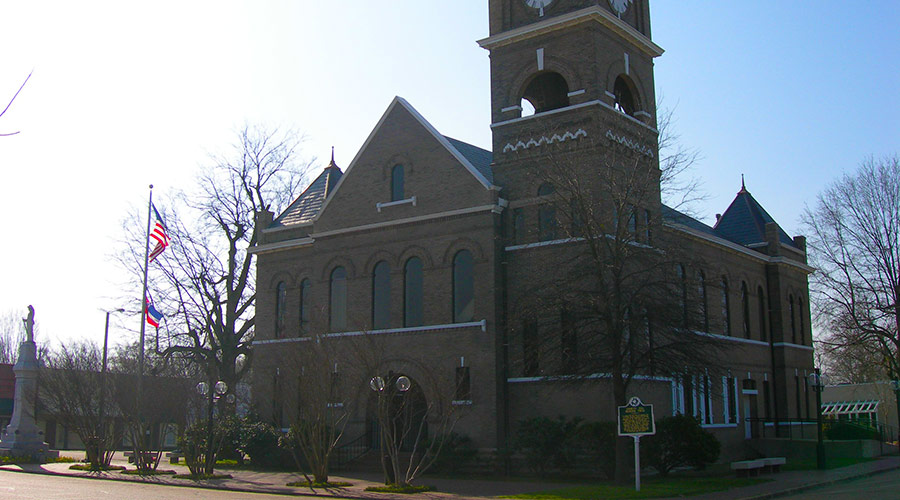Image: An image of the Tallahatchie County Court House in Sumner, Mississippi “Tallahatchie County Courthouse” by Jimmy Emerson, DVM is licensed under CC BY-NC-ND 2.0
Preserving Black history for future generations continues to become increasingly important. Yet, of the 95,000 sites listed on the National Register of Historic Places, only a mere 3% of these sites focus on the experiences of Black Americans.
Preserving these historical Black history sites is at the heart of Fund II Foundation’s and National Park Foundation’s missions. Together, these organizations partnered with the Emmett Till Interpretive Center to create the Emmett Till and Mamie Till-Mobley National Monument. The creation of this monument, which incorporates the Tallahatchie County Courthouse in Mississippi, will help to preserve and increase awareness of the history of the Civil Rights Movement and Black history as a whole.
A Brief History of Emmett Till and Mamie Till-Mobley
Chicago native Emmett Till was only 14 years old when he was brutally murdered in August 1955 in a racist attack. Till was visiting relatives in Mississippi when he was accused of whistling at a white woman. Just days after this incident, the woman’s family hunted Till down and abducted him. Till was beaten and eventually killed, and his body was abandoned in a nearby river.
Emmett Till’s mother, Mamie Till-Mobley, was outraged and held an open casket service for her son, where she used the platform to speak out against hate crimes towards the Black community. Till’s murderers were acquitted by an all-white jury, and this gruesome hate act and the murders’ acquittals fueled the flames of the Civil Rights Movement.
Fund II Foundation’s and Robert F. Smith’s Dedication to Increasing Access to Black History
Robert F. Smith has been a longtime supporter of increasing awareness of Black history through many different avenues. For example, Smith partnered with The King Center, where he helped coordinate the purchase of Dr. Martin Luther King Jr.’s homestead to ensure its preservation through the National Park Service.
Other organizations that Smith supports include the National Park Foundation and Fund II Foundation, both of which are dedicated to increasing access to Black history and, specifically, preserving historic sites across the U.S.
Upon the unveiling of this national monument, Smith, founding director and President of Fund II Foundation, made a statement saying, “Fund II is honored to support the establishment of a new park site that commemorates the people, places and events that have shaped American history and African American experiences. We are especially proud to support the digital storytelling that will bring the incredible story of Emmett Till and Mamie Till-Mobley to a new generation of Americans.”
Fund II Foundation provided $1 million in support for this monument, alongside the creation of a National Park Service Park Ranger position. This ranger position will help with the preservation of the moment and the telling of Emmett Till’s and Mamie Till-Mobley’s stories.
The Mississippi courthouse and monument join two additional sites along with the national monument, including Graball Landing, where Till’s body was recovered from the Tallahatchie River, and the Roberts Temple Church of God in Christ in Chicago, IL, where Mamie Till-Mobley held Emmett’s open-casket funeral. These are now marked as national historic sites for Black Americans.
Learn more about Smith’s impact on advancing racial equity through initiatives at Fund II Foundation.
